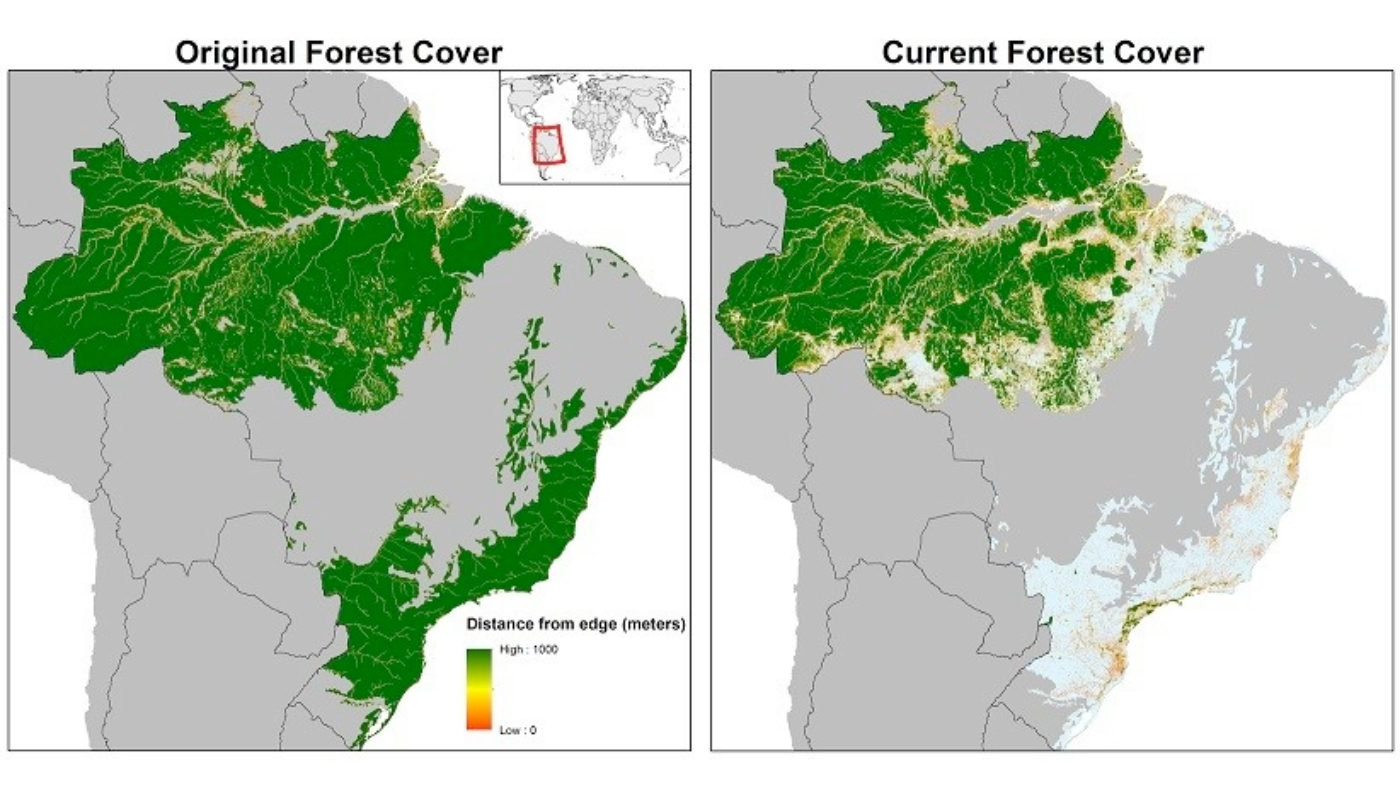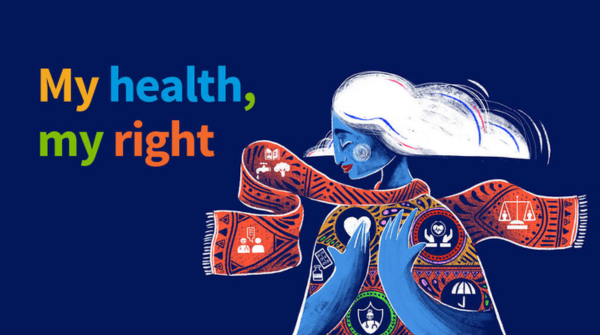World Health Day 2024: From Rights to Realities

On Sunday April 7th, 2024, we commemorate World Health Day. The theme this year being, "My Health, My Right," underscores the urgent need to address health inequities across the globe. It champions access to quality health services, education, information, and essential resources such as clean air and water. Additionally, it advocates for decent working conditions and freedom from discrimination – all integral components of holistic well-being. While human rights, including the right to health, are universally acknowledged, millions around the globe still face threats to their well-being.
It's alarming that while many countries recognize health as a fundamental human right in their constitutions, significant gaps persist in ensuring universal access to essential health services. In 2021 alone, over half of the global population lacked full coverage of these services, reflecting systemic challenges in policy implementation, WHO Council on the Economics of Health for All states on their website, “that at least 140 countries recognise health as a human right in their constitution. Yet countries are not passing and putting into practice laws to ensure their populations are entitled to access health services. This underpins the fact that at least 4.5 billion people — more than half of the world’s population — were not fully covered by essential health services in 2021”.
Health Emergency in the Leather Industry
We echo the message of World Health Day, Texcoco Collective has always aimed to bring attention to the often overlooked health crisis in our supply chain. It is crucial to shed light on the major health impacts endured by individuals and surrounding communities in the leather tanning industry.
The leather tanning industry stands as a stark example of this disparity. Despite legal commitments enshrined in international human rights instruments, workers and residents in tanning facilities' vicinity often suffer from severe health consequences. From diseases linked to chemical exposure to the devastating effects of pollution, the toll on physical and mental health is undeniable.
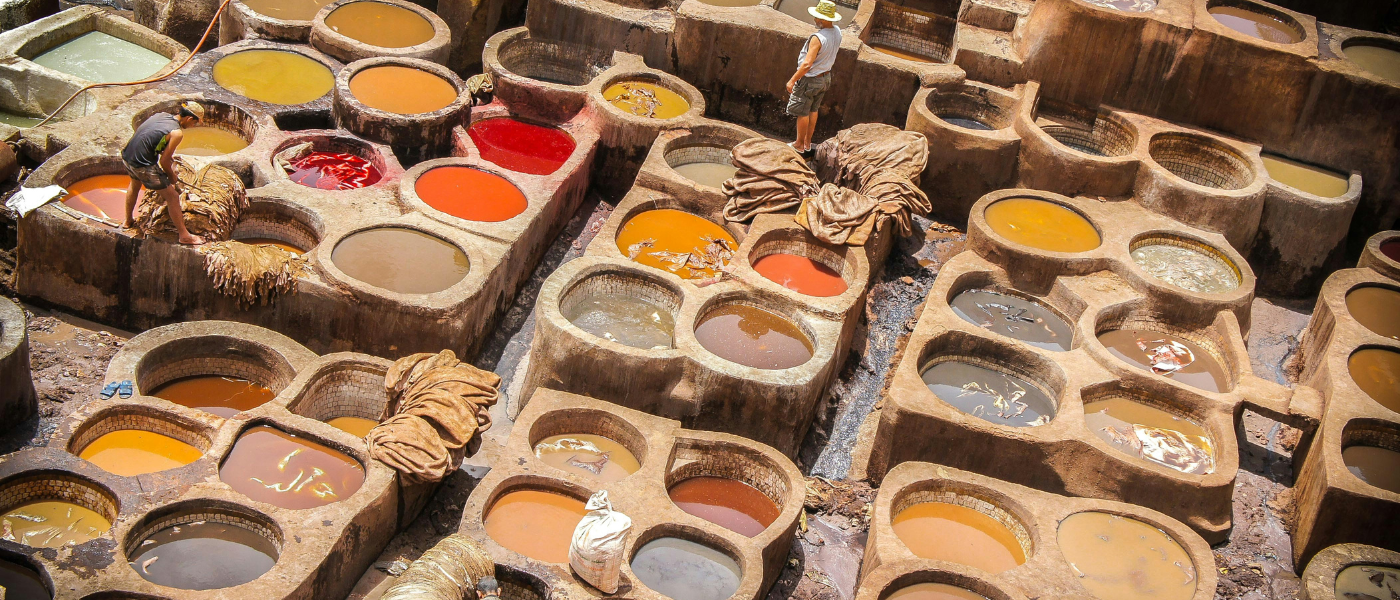
A great deal of industrial waste is associated with materials and the process of tanning, with anywhere from 50 - 130 chemicals and materials were found to be used in a survey of 596 tanneries in Pakistan. Waste is hazardous because the trimmings of finished material, leftover chemicals, and used solutions are being dumped in the environment. These chemicals are then leaching into our water, soil and air. One thesis from the Process and Environmental Technology Department of Massey University estimated that “60,000 tons of chrome tanning agents remain unutilized during the chrome tanning and might be discharged into the environment”.
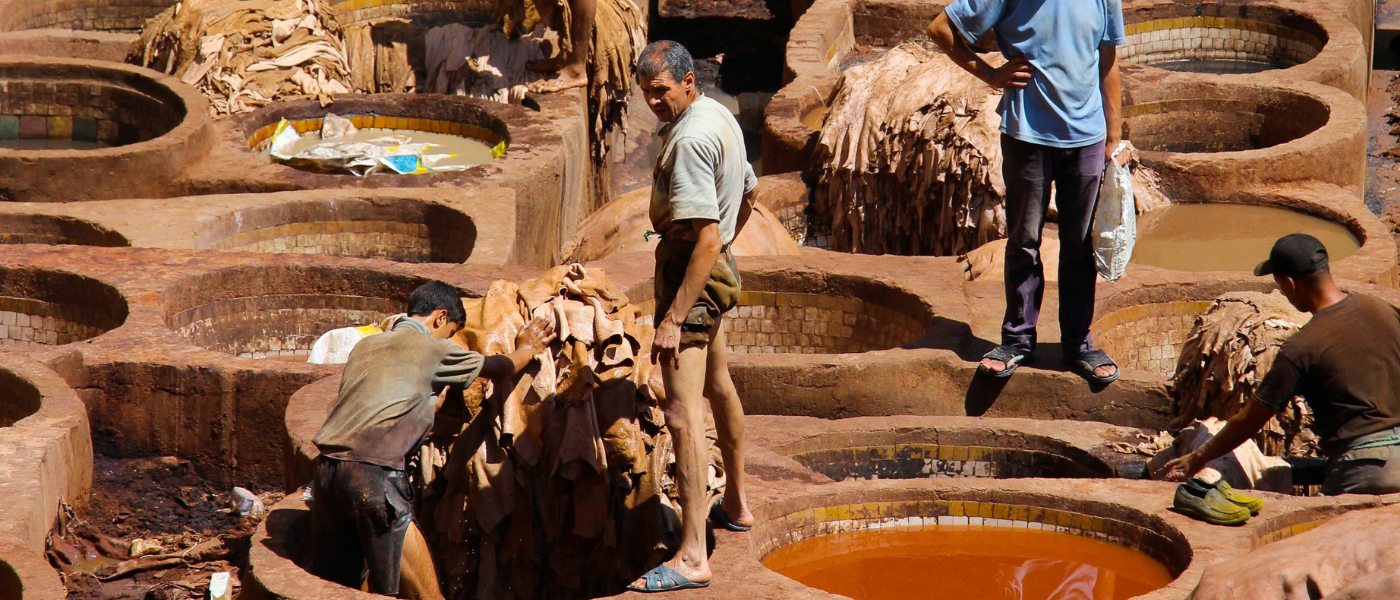
Read here for further information on leather tanning Health Effects and Disease Patterns
Air Quality - Deforestation of the Amazon
According to the World Health Organization (WHO), conflicts, diseases, and environmental disasters continue to jeopardise millions of lives worldwide. Moreover, the burning of fossil fuels not only exacerbates the climate crisis but also compromises the right to clean air, with air pollution claiming a life every five seconds.
It is estimated that over 20% of global rainforests have already been destroyed due to land clearing for agricultural production, logging, mining, and other human activities (WWF). In addition to its devastation of the natural environment, deforestation also contributes significantly to changing climates by releasing tonnes of carbon dioxide into the atmosphere (DGB, 2023). The deforestation caused by cattle ranching in the Amazon is responsible for the release of 340 million tons of carbon to the atmosphere every year, equivalent to 3.4% of current global emissions (WWF).
The Amazon Rainforest, famously known as the 'lungs of the world,' produces 20% of the Earth's oxygen and plays a crucial role in regulating the planet's climate. Deforestation in the Brazilian Amazon rose more than 50% in the first three months of 2020 compared to the same period in 2019 (ABC News). Losing an average of 1.4 billion trees each year. When trees are cut down, they release carbon dioxide, a significant contributor to the climate crisis we're facing. That is why deforestation is responsible for roughly 15% of global greenhouse gas emissions each year (DGB, 2023). That's on par with the entire transportation sector's emissions worldwide, including cars, planes, and ships.
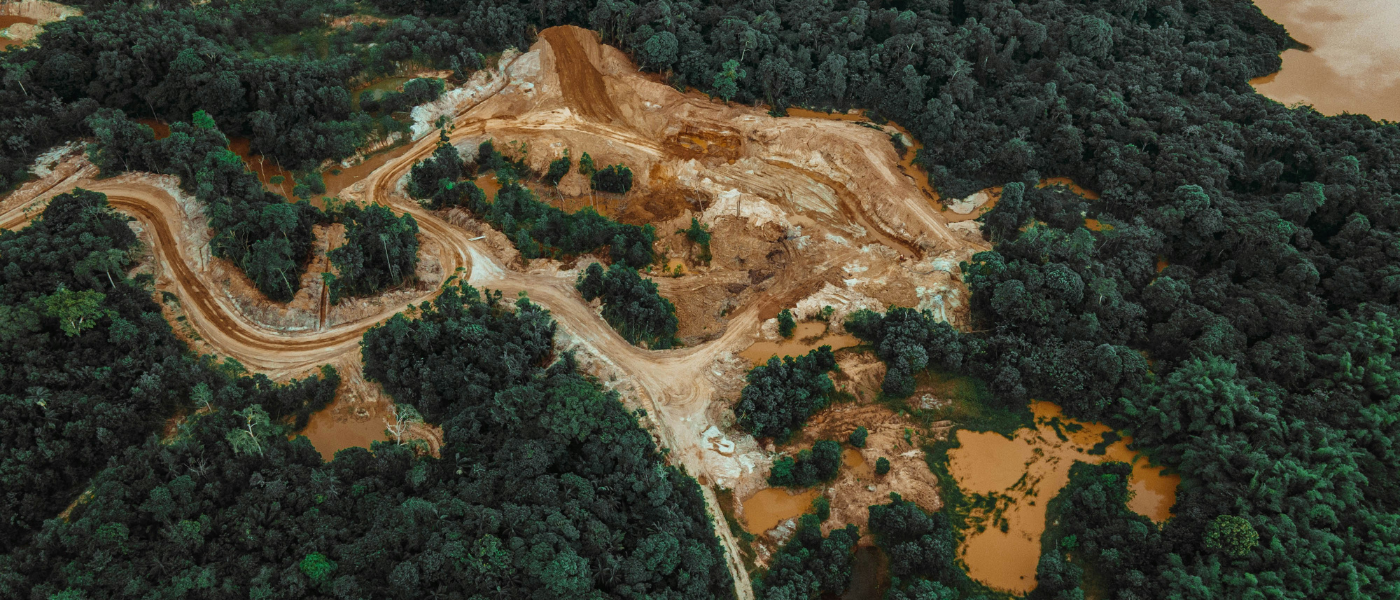
Conclusion
We cannot ignore the detrimental health impacts endured by individuals in the leather tanning industry and surrounding communities. From exposure to toxic chemicals to respiratory illnesses, the toll is staggering. It's time to advocate for safer working conditions, stricter regulations, and alternative, sustainable practices within the leather industry.
The deforestation of the Amazon and other rainforests for cattle farming exacerbates climate change, compromises air quality, and threatens biodiversity. By choosing plant-based alternatives to leather products, we can reduce the demand for cattle farming and contribute to preserving precious ecosystems.
As consumers, you hold the power to drive change through your purchasing decisions. Let's make a conscious choice to support brands that prioritise sustainability, ethical practices, and the well-being of workers and communities.
Consider plant-based options when purchasing your next leather products, and join us in advocating for a future where health, human rights, and environmental stewardship are prioritised.


